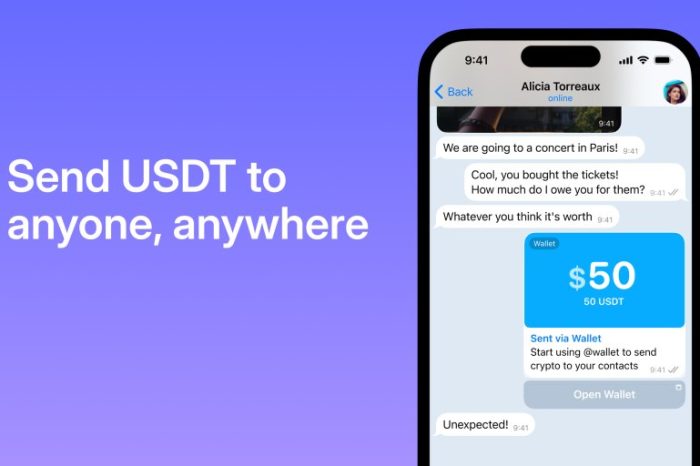A recent upgrade to meme coin SafeMoon’s smart contract saw the project robbed of $8.9 million—and then stolen again.

What Is SafeMoon and Why Are So Many People Talking About Its New Wallet?
#Safemoon was just hacked for $8.9M.
After two minutes looking at the newest Safemoon contract, I was able to identify the extremely obvious exploit.
The attacker took advantage of the public burn() function, this function let any user burn tokens from ANY other address (code… pic.twitter.com/bovlyVoq1i
— DeFi Mark (@MoonMark_) March 28, 2023
4m #SafeMoon have been liquidated from my wallet and sent to the Deployer.
— 🌑 DANOLOGY 🌑 (@Danology10) March 28, 2023
#Safemoon was just hacked for $8.9M.
After two minutes looking at the newest Safemoon contract, I was able to identify the extremely obvious exploit.
The attacker took advantage of the public burn() function, this function let any user burn tokens from ANY other address (code… pic.twitter.com/bovlyVoq1i
— DeFi Mark (@MoonMark_) March 28, 2023











